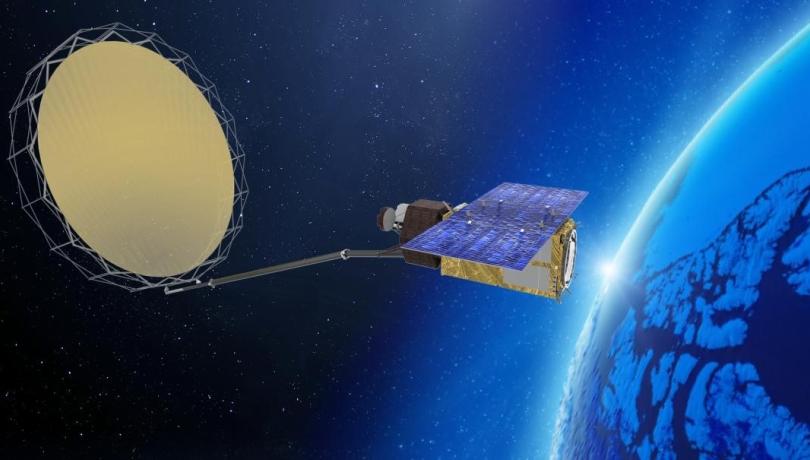The Institute will participate in a game-changer in Earth observation technology from the European Space Agency (ESA) initiative.

The Institut de Ciències del Mar (ICM-CSIC) will participate in a game-changer in Earth observation tech from the European Space Agency (ESA) initiative: the CIMR L2PAD project, that aims to develop a pioneer ground-based processor for the next Copernicus Imaging Microwave Radiometer (CIMR) satellite, set to span four years from 2023 to 2027.
Concretely, the primary objective of this four-year project led by the Meteorological Institute (Norway) is to develop a Level-2 -geophysical variables- ground prototype processor for the forthcoming CIMR satellite, which will pave the way for the scientific and operational exploitation of the data acquired by the CIMR satellite.
“A distinguishing feature of the CIMR L2PAD project is to aim at transparent and reproducible science by opening data and software as early as possible. The ATBDs will be developed as web pages based on the JupyterBook technology, and all the software will be open-source. Such an Open-Source Science approach was at the core of the work described by ESA”, says Thomas Lavergne, from MET.
A fusion of research and implementation
The CIMR L2PAD (Copernicus Imaging Microwave Radiometer Level 2 Prototype and Algorithm Development) initiative represents a fusion of research and the meticulous documentation of geophysical retrieval algorithms, which will subsequently be implemented within a comprehensive Level-2 ground processor prototype (GPP). The GPP's design and implementation will play a pivotal role in the successful execution of the project.
One of the challenges for the CIMR L2PAD team will be to validate the algorithms with simulated data, since the CIMR satellite is yet to be launched. This validation process aims to ensure the accuracy and reliability of the algorithms that will be deployed in the ground segment.
“At the ICM we will lead the Expert Users Group, which will support the project activities by performing an independent evaluation of the Level-2 retrieval algorithms, the product format specifications, and evaluation of the quality of Level-2 GPP products generated with the test data sets”, said the ICM-CSIC researcher Carolina Gabarró.
The scope of the CIMR L2PAD project is extensive, encompassing 20 geophysical parameters, including sea ice (across multiple variables), sea surface temperature, salinity, ocean wind, land snow, soil moisture, and vegetation. Given the breadth of this endeavor, it was imperative to assemble a consortium of experts and organisations from Europe and beyond.
Apart from the ICM-CSIC, the consortium, led by the Meteorological Institute, includes 12 partners, primarily from Europe, with one Canadian partner. The consortium's composition features a mix of research institutions, universities, and private IT firms, such as Deimos Romania and Science & Technologies Norway, to provide a well-rounded expertise pool. This collaboration underlines the significance of public-private partnerships in advancing space research and technology.
In summary, the CIMR L2PAD project represents a significant leap in Earth observation technology, with a diverse consortium of experts and organisations working in unison to develop a groundbreaking ground segment for the upcoming CIMR satellite, further enhancing our ability to monitor and understand our planet. The project's future prospects include the potential for continued collaboration and innovation in Earth Observation as it enters the next frontier of satellite technology.